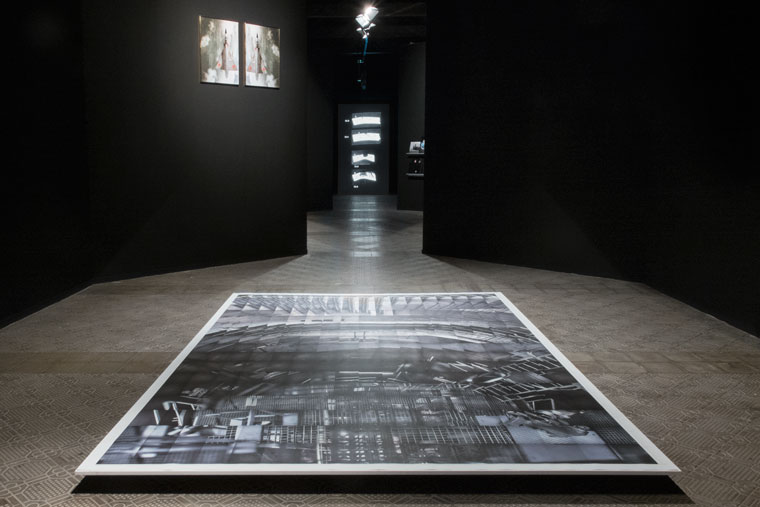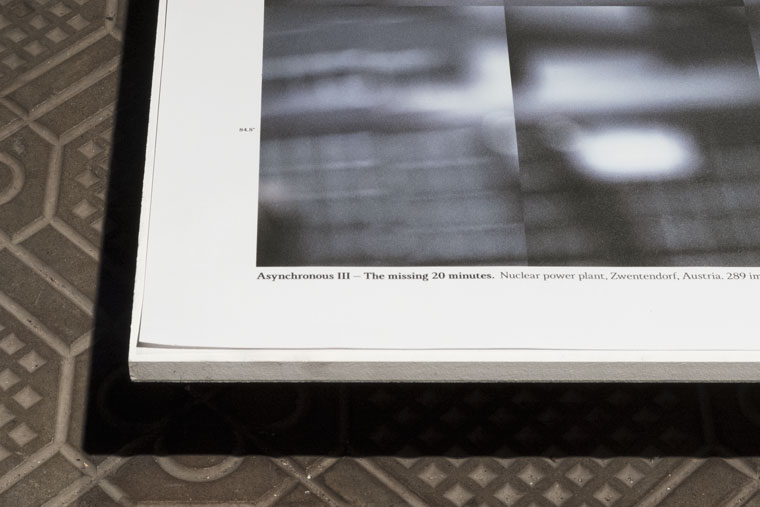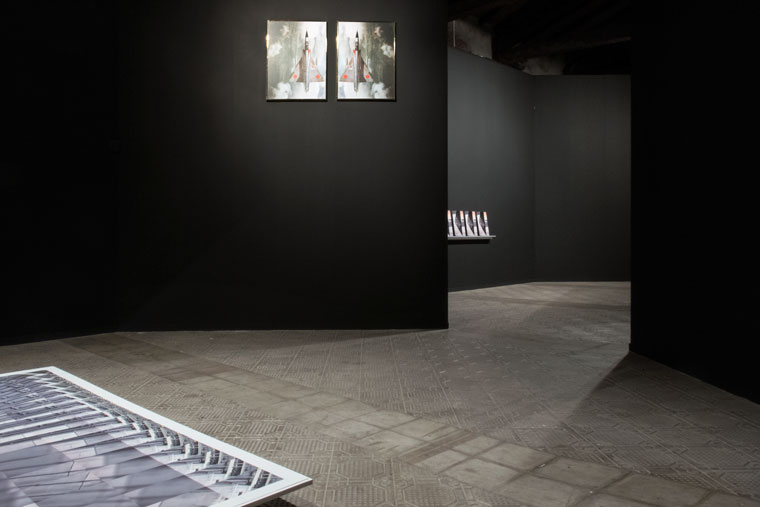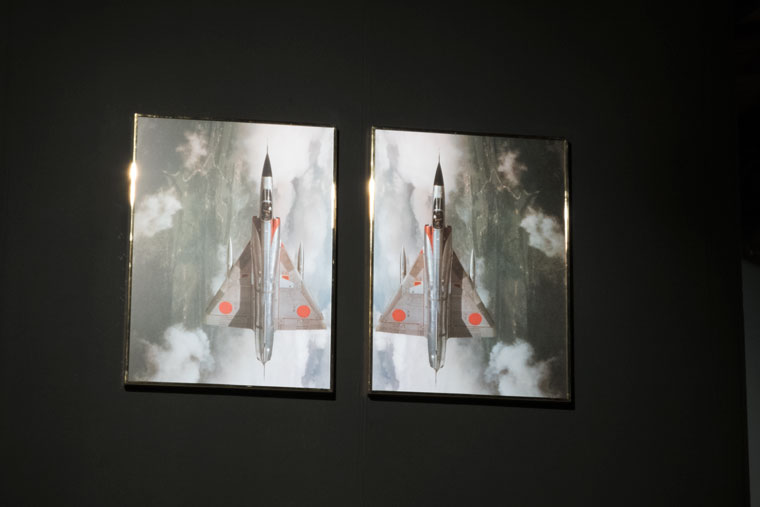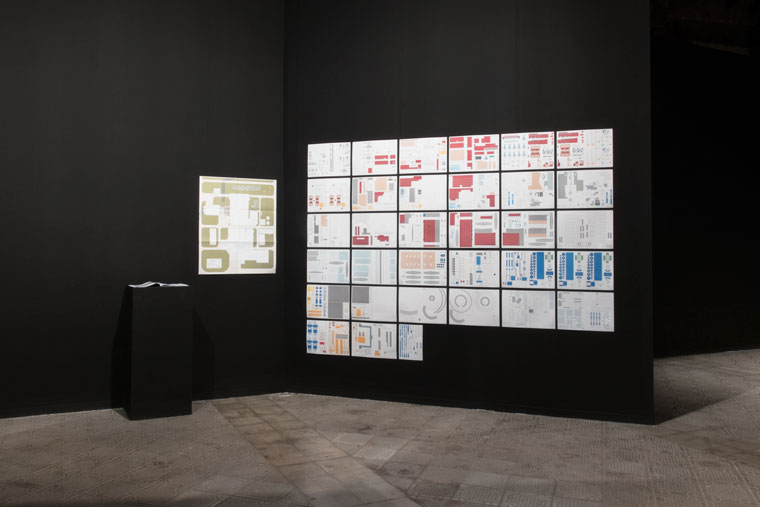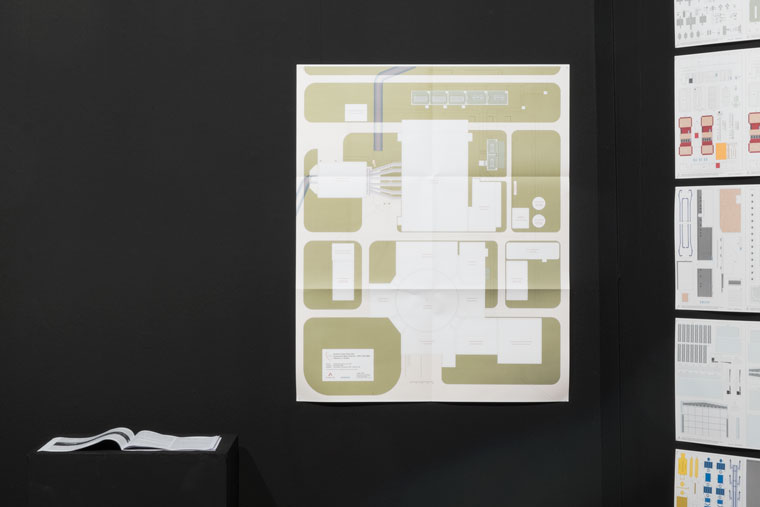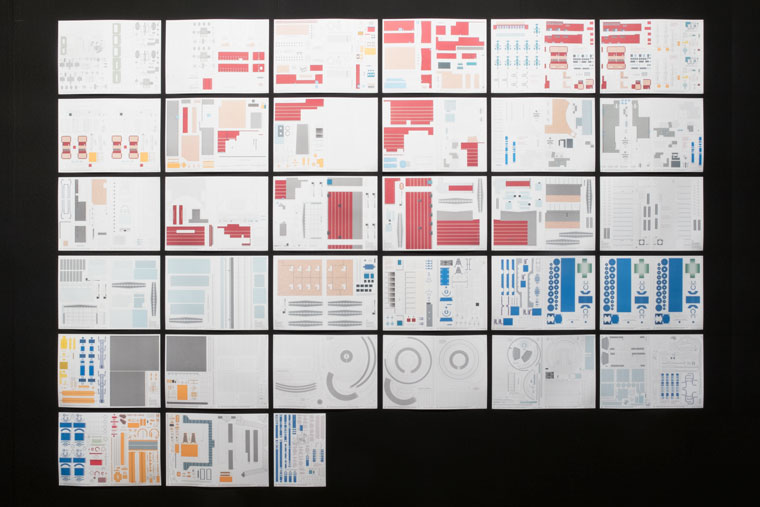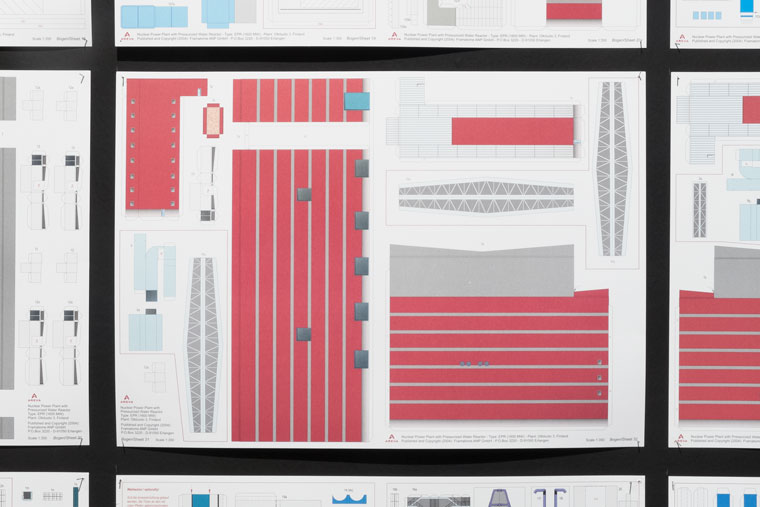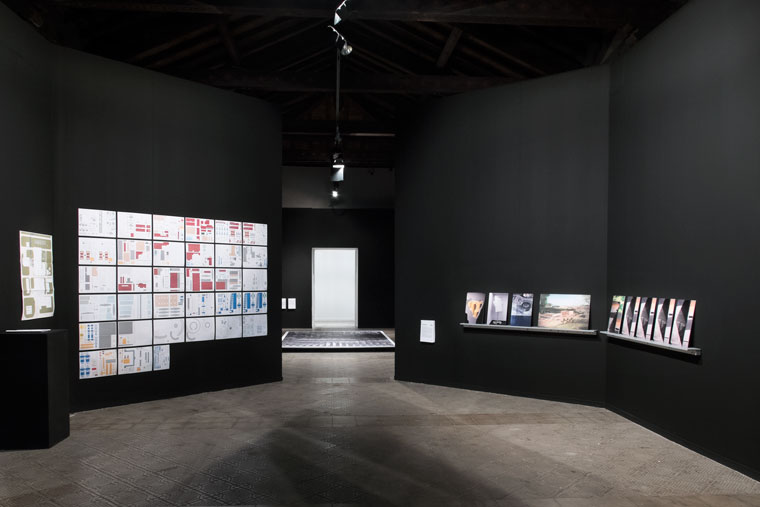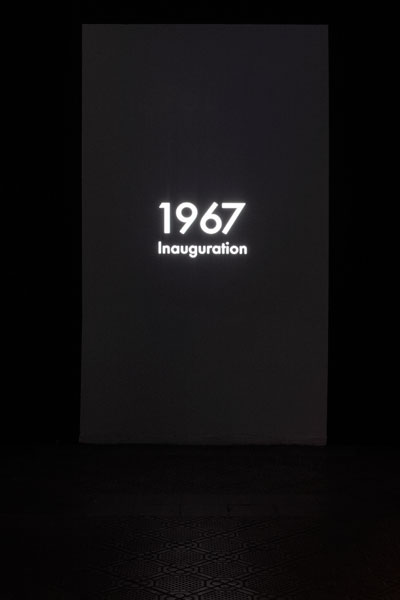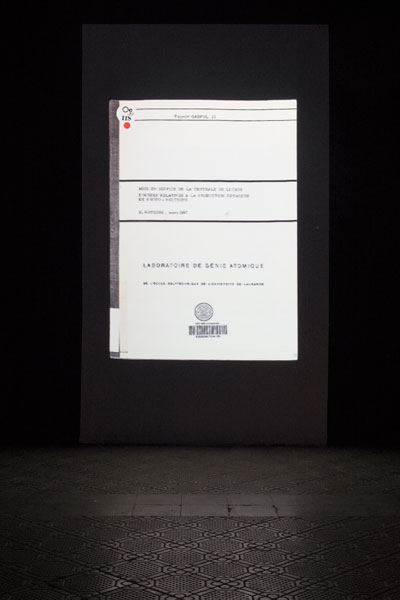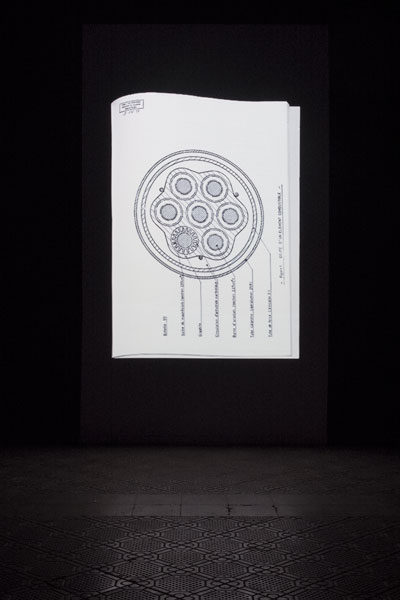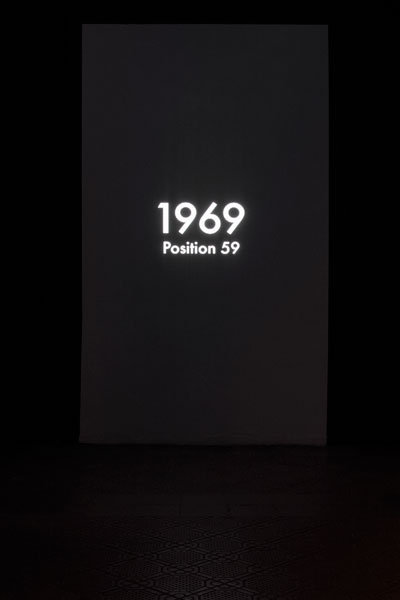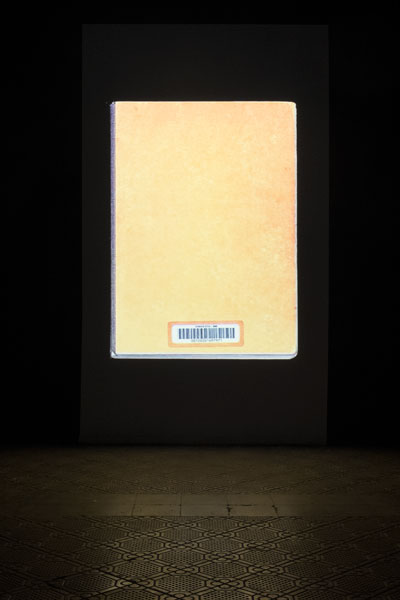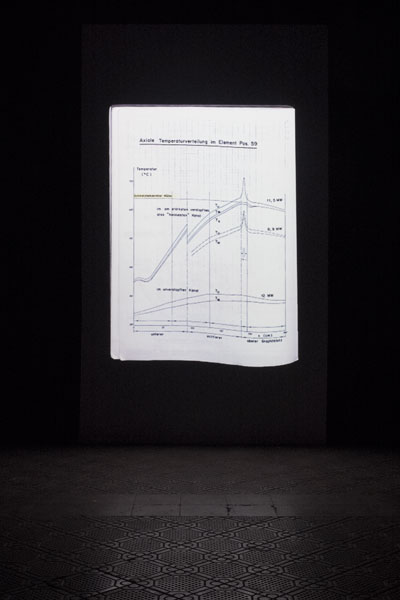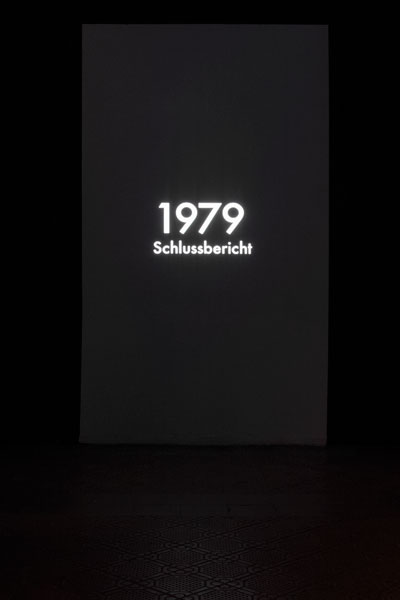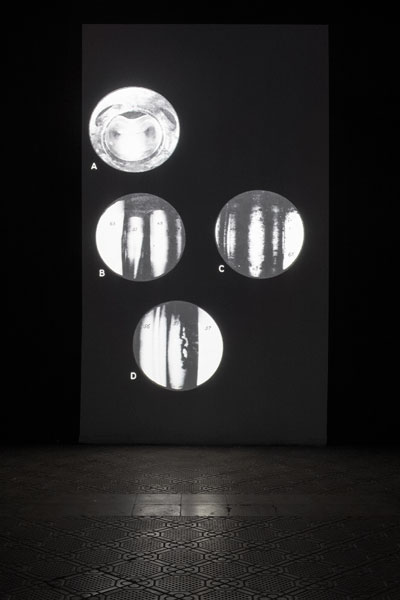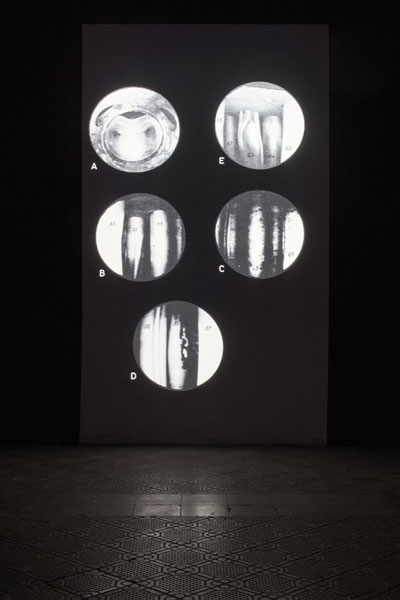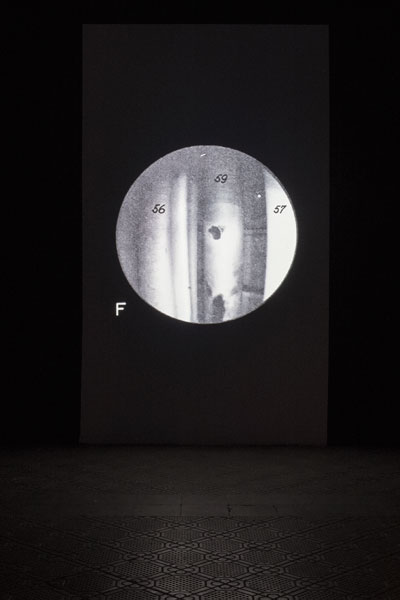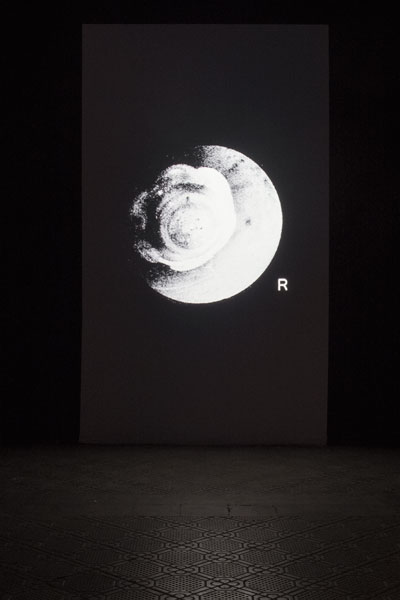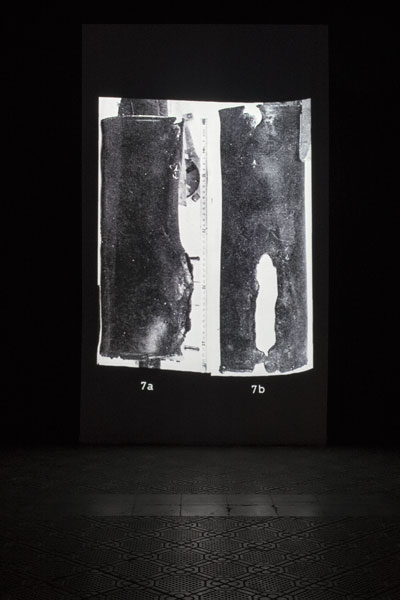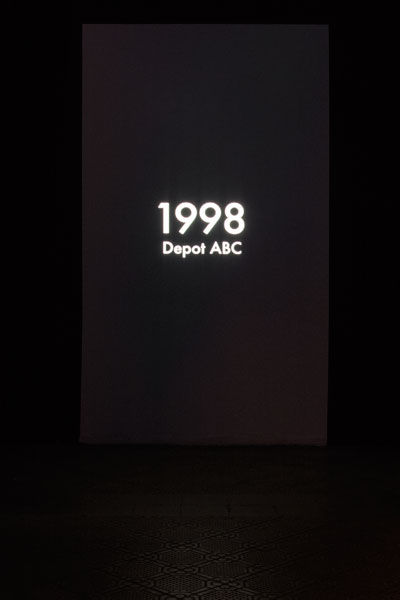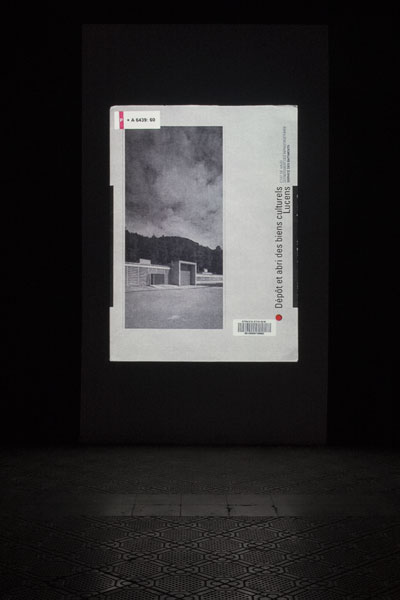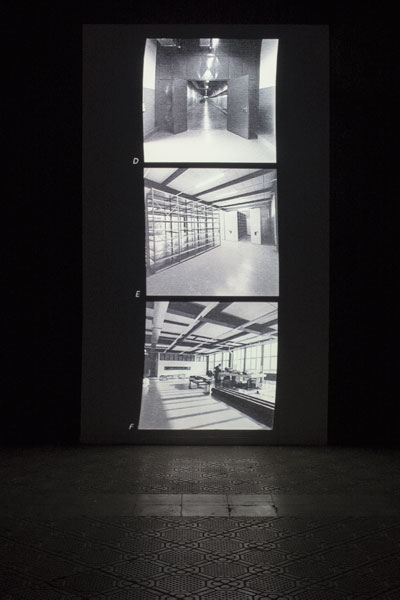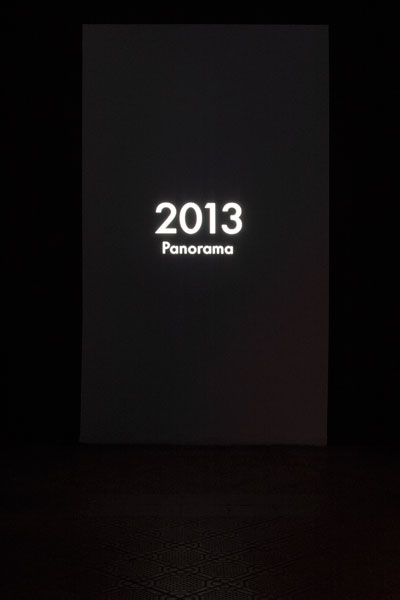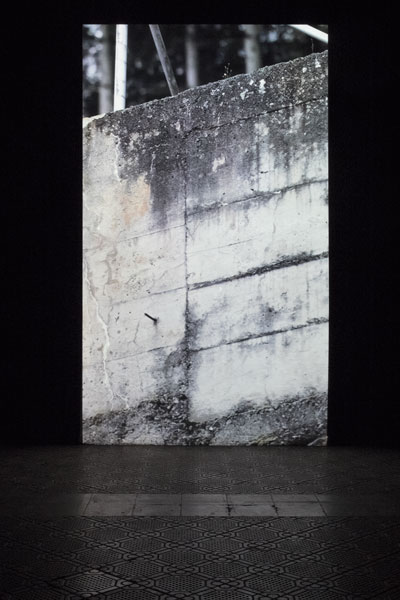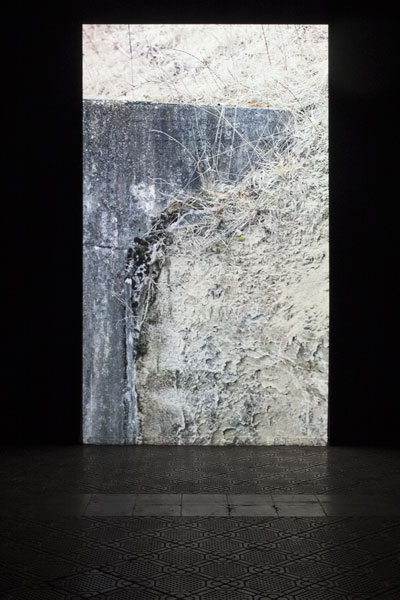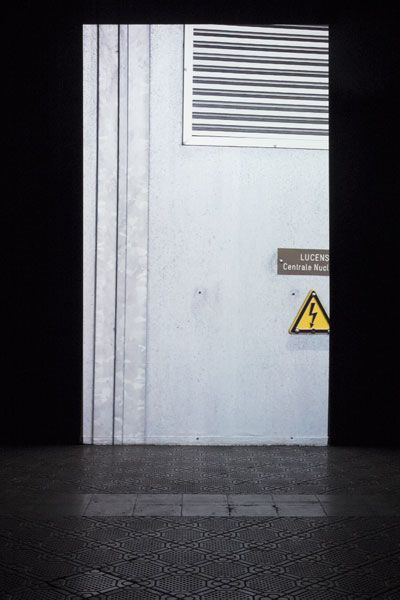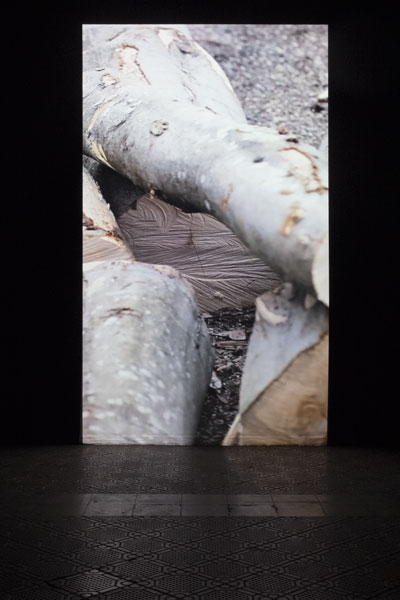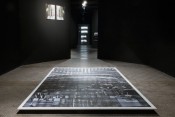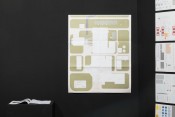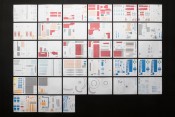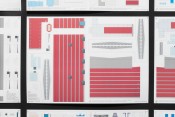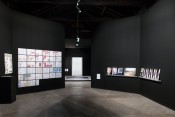Earth Effect
Fotografia Europea 2015, Reggio Emilia
Opening days: May 15 – July 26, 2015
Exhibition venue: Chiostri di San Domenico, Via Dante Alighieri, 11, 42121 Reggio Emilia, Italy
Guided tour with the artist Jules Spinatsch and the curator Daniele De Luigi: Sunday, May 17, 12pm, Chiostri di San Domenico
Concept
On the occasion of the year of the Milan Expo, which provokes reflection upon the planet, from local areas to food, from roots to energy and a great many related topics, Fotografia Europea raises questions about the relationship of photography with these, not only with respect to its representational and documentary functions but also in terms of the ambition of originality, innovation and peculiar nature. It is also true, however, that tools, methods and iconographic representations have changed dramatically in recent decades and, with them, so have the ways of the imagining and reflecting on things. Speed, connectivity and ‘liquidity’ increasingly run counter to the rhythms, relations and solidity conveyed by the earth.
One initial aspect to consider is the representation of the planet. What new geography can photography deliver to us today? Is there still a contraposition between nature and artifice? Between the memory and the new, between tradition and the future? New places, new methods of representation, new ways of imagining and new manipulations of the image lead not only to novel perspectives but also to a different way of considering the past. Depending on our standpoint and the perspective we adopt, from the innermost viewing point to the dizzying outermost one to be seen from satellites, the way we experience and consider things will clearly change. How undecipherable certain images produced by science and technology appear to us: the most unfathomably microscopic images, those of discovery of invisible distances and those of the most incredible immensity beyond all possible human imagination. How far from reality technology is able take us today, with the possibility it affords to rework and invent images. How close we are able to get to reality through the most precise and accurate simulations!
In the meantime, while conflicts are denounced and catastrophes are documented, efforts are also being made to find new equilibriums between the demands of nature and the necessary and inevitable human intervention and action. Art, after all, does not confine itself to representing or producing images, but has frequently felt – and still feels – that it should not just be a call to action but that it should also in turn be a specific way of acting in order to trigger a change: from its commitment to representing the world and its challenges in an ecological way it also goes on to design and run public actions in local areas and communities. It has been termed public art, which makes an active and performative use of the image and is closely associated with new technologies, using them in a constructive and shared way.
The issues have become more complicated precisely because tensions have intensified. And if on the one hand there is a quest for equilibrium and inter-relationships, what happens if everyone goes their own separate way? For we have, in fact, both nature that precedes man – powerful and sublime perhaps, but also virgin and calm – as well as man without nature, thanks to technologies that are so far advanced as to be unconnected with images of nature.
Photography still has a role to play in this too, not only in terms of effectiveness but also of reflection. Furthermore, finally, how far is all this influencing photography itself, its peculiar nature and its reflection?
Fotografia Europea 2015 will attempt to make a contribution to all these topic.
